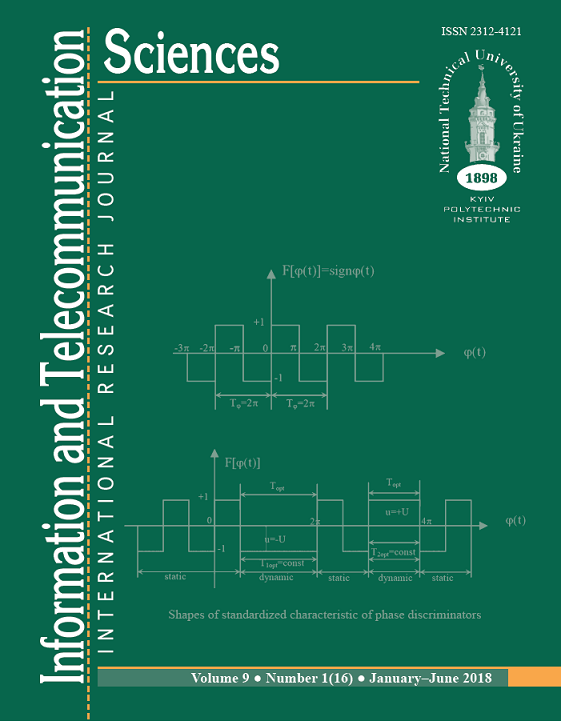INTERNET: MODELS, TECHNOLOGIES, ACCESS SPEED, PROSPECTS
DOI:
https://doi.org/10.20535/2411-2976.12018.19-25Keywords:
Internet, access network, quality indicator, availability indicator, access speed.Abstract
Background. Open multiservice network of telecommunications the Internet has become the most used source of such vital information as: scientific and technical, information, entertainment, and, especially, commercial. Today, it unites 3.36 billion users and provides high economic efficiency of human activity. However, there are many different technologies for accessing Internet services that compete with each other.
Objective. The aim of the paper is to create the Internet network model and a content access model, as the main value of the network from the point of view of the end user, for building an effective network infrastructure.
Methods. Analysis of all known publications on the construction and evaluation of Internet service quality parameters. Analysis of technologies for accessing the network and content. Synthesis of the model of formation and distribution of traffic between levels of the hierarchy of the Internet.
Results. Enlarged indicators of Internet services provision were received. An enlarged scheme for building a global Internet network is proposed. Based on the generalized "end-to-end" scheme of user access to services and network resources, an estimate of the amount of sufficient access speed was obtained. The concepts of hierarchy level and gravitational coefficient are defined for which mathematical relations are derived.
Conclusions. The main task of the providers of any level is to close the traffic as close as possible to the client, i.e. to reduce the gravity coefficient. The task of theoreticians and engineers is to determine theoretically the optimal number of levels (there were only three of them in the model in question) of closure or aggregation of traffic.
Keywords: Internet; access network; quality indicator; availability indicator; access speed.
References
Moore M., Telecommunications. A Beginner's Guide. – St. Petersburg: BHV-Peterburg, 2003. – 624 р. [in Russian]
Revenues from services provided by post and communication 2016 (Online, in Ukrainian): http://www.ukrstat.gov.ua.
Internet Users by Country (2016) (Online): http://www.internetlivestats.com/internet-users-bycountry.
Estimation of quality of Internet services in Ukraine / O. Nedashkivskiy // Modern Problems of Radio Engineering, Telecommunications and Computer Science, Slavske in Lviv region, 23 February, 2016 - 26 February, 2016, р.31.
Measuring the Information Society Report 2016, International Telecommunication Union (Online): http://www.itu.int/en/ITUD/
Statistics/Documents/publications/misr2016/MIS R2016-w4.pdf.
State of the Internet Report _ Akamai.htm (Online): https://www.akamai.com/uk/en/our-thinking/stateof- the-internet-report.
Akamai’s [state of the internet] Q4 2016 report (Online):

